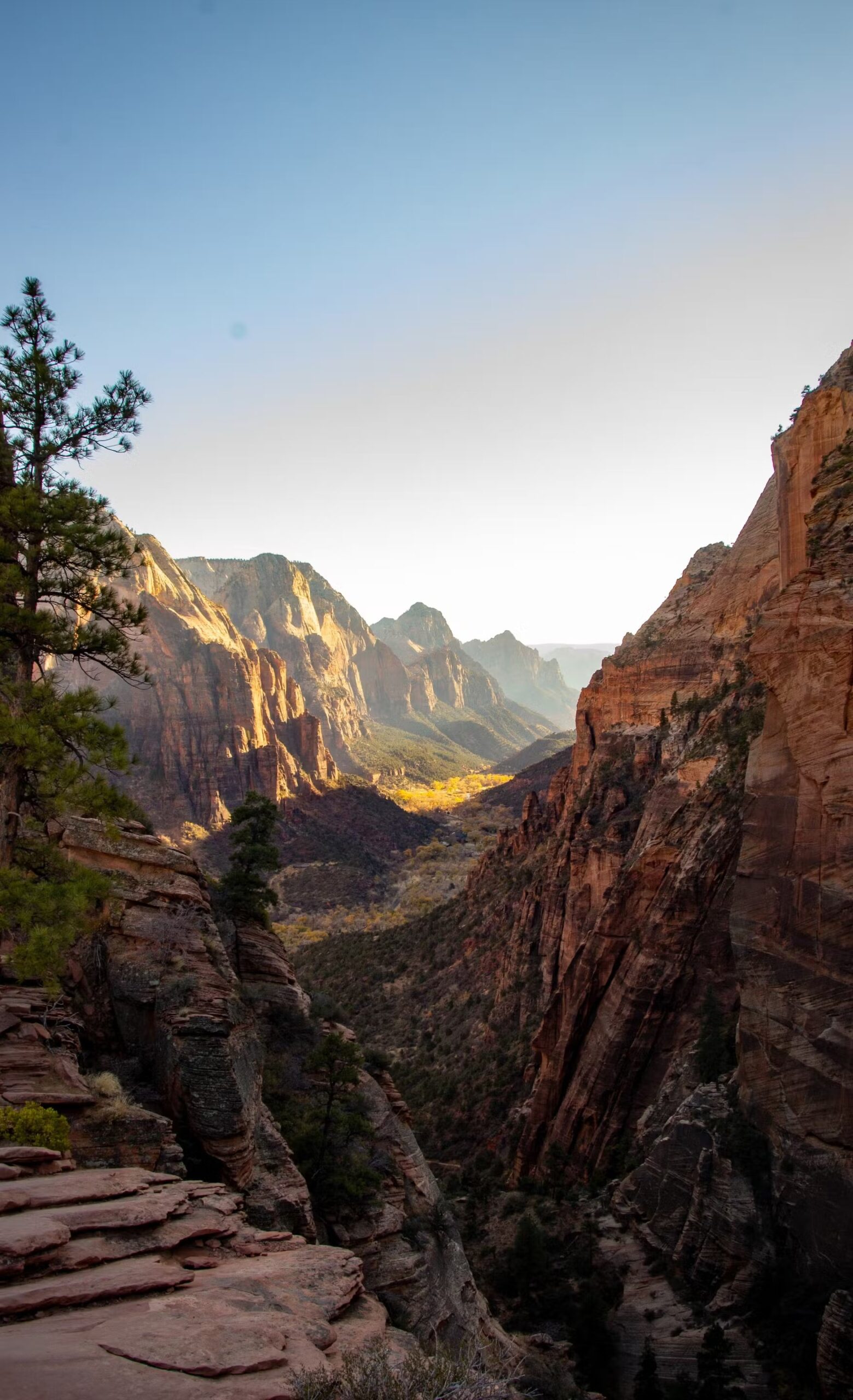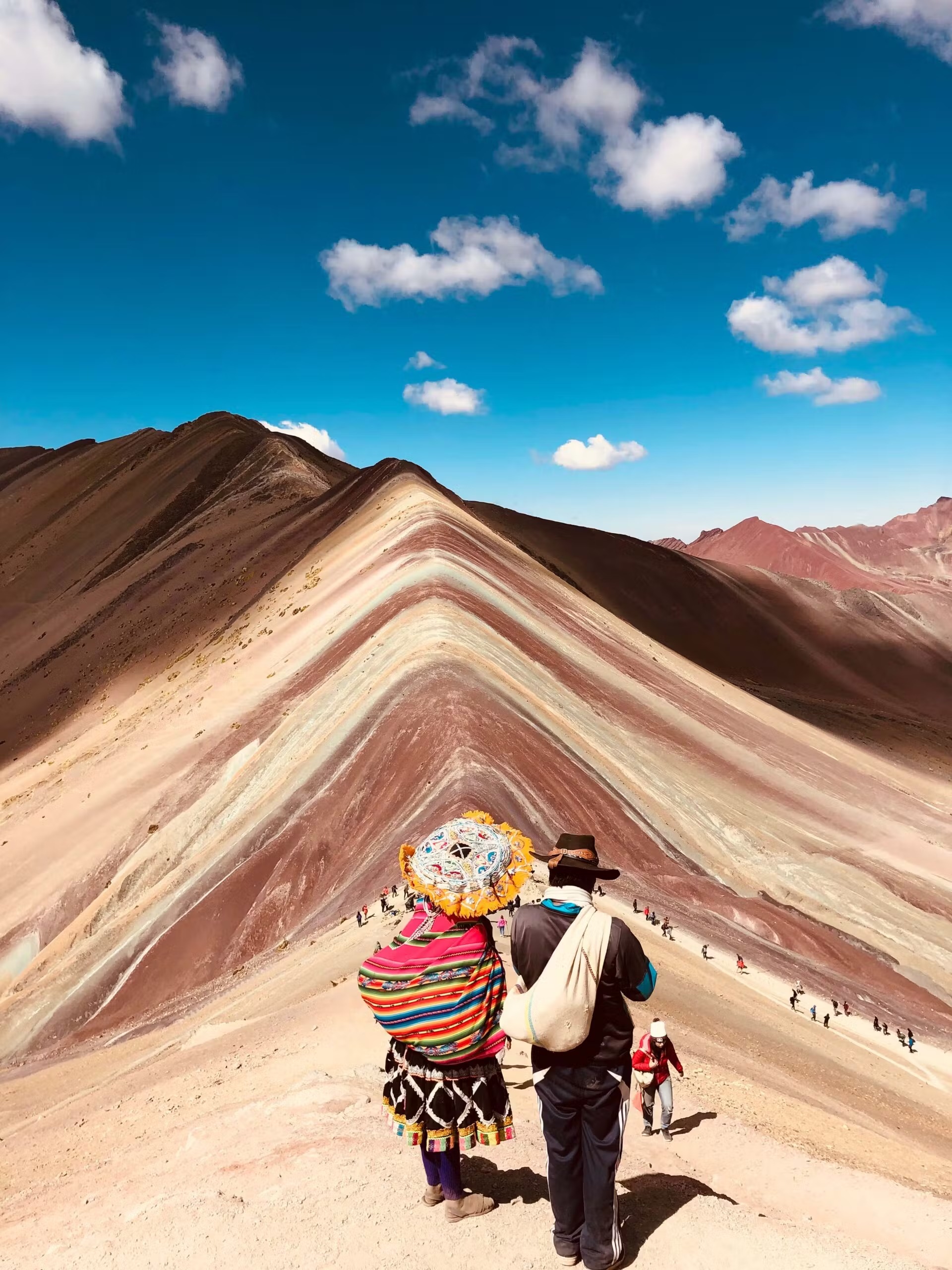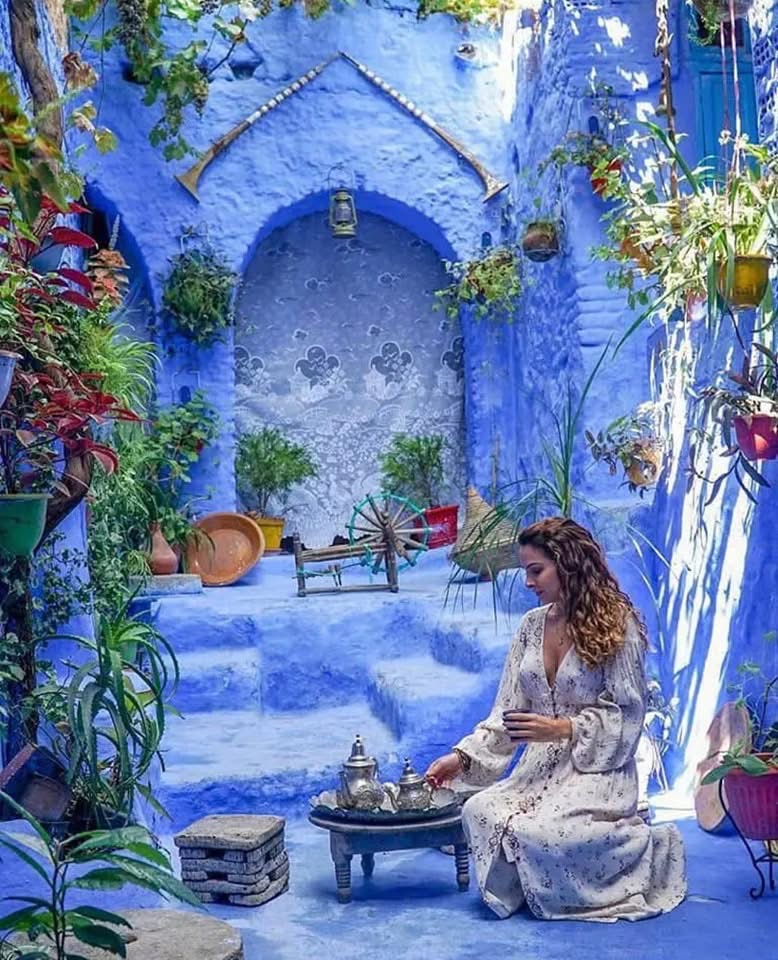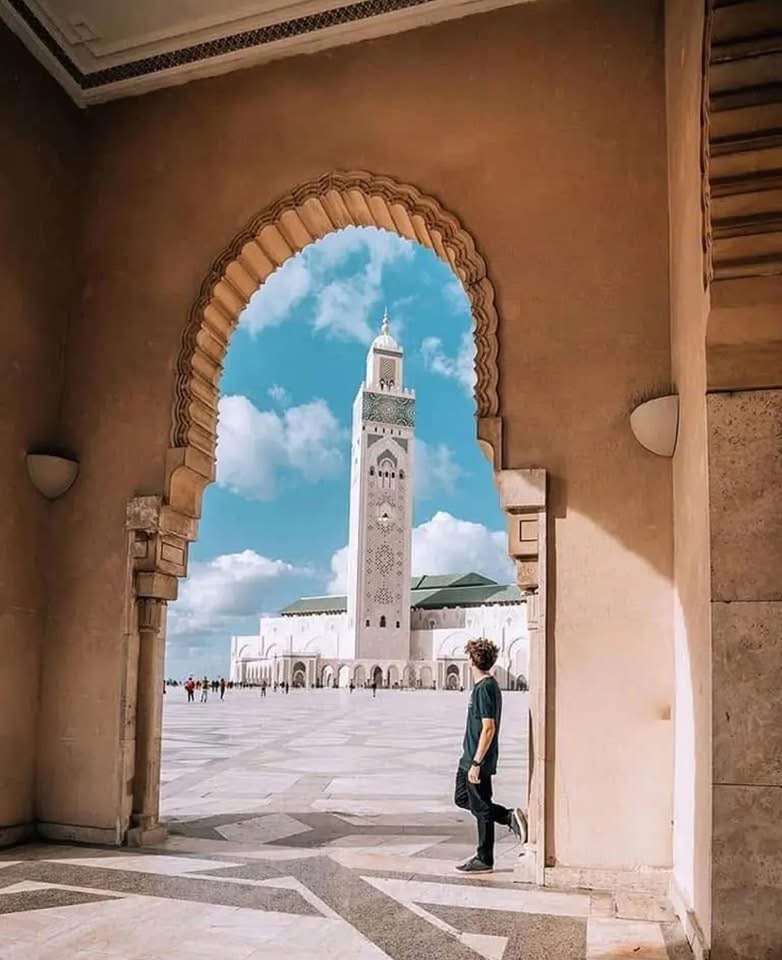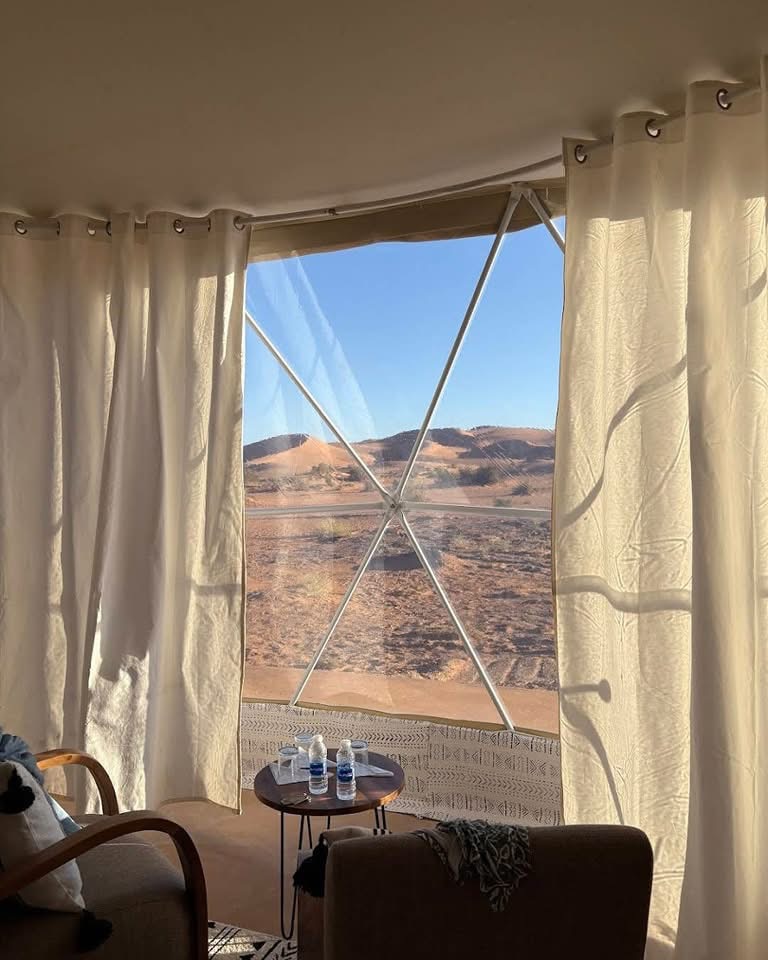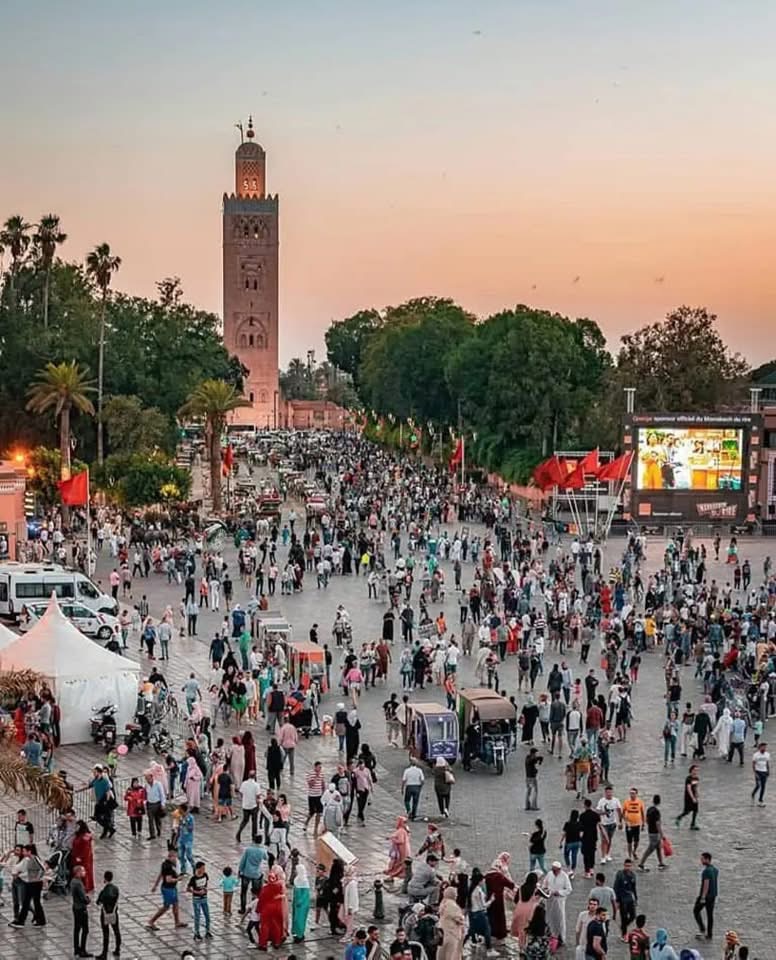The Backhand That Broke the Atlas Silence
The ball sliced cleanly through the dry morning air, breaking a hush that had settled like dust over the hills of Fez. Just behind the Tennis Club de Fès, the minarets of the medina pierced the skyline like exclamation marks. The backdrop? A labyrinth of mosaic, mystery, and history so thick it seeped into your serves.
We were playing on red clay softened by dew. Coach Hicham Tazi, the club’s director and soul, watched closely from the sideline, arms folded. “Your rally speaks more than your words,” he said. “You’re showing Morocco with your racquets.”
Imperial Rallies in a Royal City
Fez isn’t just old. It’s eternal. A 13th-century imperial capital, the city folds Andalusian, Arab, Berber, and Jewish influence into every stone and recipe. The Tennis Club de Fès is no different—historic yet alive, a place where families gather, generations play, and Fridays mean couscous.
Hicham led our group through morning drills—short-angle crosscourts, inside-out backhands, footwork games that made our lungs and laughter race. “These are the same ones I run with my club kids,” he smiled, proud and poetic. Later, as we cooled down beneath olive trees, he leaned in: “This is the beauty of tennis. You don’t need to speak the language to connect.”
He reserved us the best table at a bustling downtown restaurant. Families filled every seat. Tagines hissed, and servers danced between tables. “It’s Friday,” he announced, “so couscous for everyone.” And it was perfect—steamed grains crowned with tender lamb and seven vegetables. The kind of lunch that slows down time.
The Tanneries: Raw, Real, and Riveting
That afternoon, we entered Fez’s medina through Bab Boujloud, its iconic blue gate, and stepped into another world. The Fez-El-Bali district—recognized by UNESCO for its unmatched cultural value—wrapped around us like a living labyrinth.
Past winding alleys and copper-smiths hammering rhythm into the air, we reached the Chouara Tanneries. The smell hit first—then the color. Reds, saffron yellows, indigos—the leather vats mirrored a painter’s palette under open sky. From a rooftop terrace, we looked down into centuries of tradition. One guest whispered, “This isn’t a tour. It’s a time machine.”
From Court to Ruins: A Rally Echoes in Volubilis
The next day, we drove to Volubilis, Morocco’s best-preserved Roman ruins. Olive groves whispered around us, and every column seemed to recall voices from centuries ago. Someone pulled a tennis ball from their pocket and bounced it on the marble stones. It was absurd. It was perfect.
As we sat in the shadow of the triumphal arch, Mo said, “Every shot you hit on this trip leaves a trace. Just like here. You may not see it, but it’s there.”
Fez’s Unexpected Harmony
In early May, the city transforms into a living concert. The Festival of World Sacred Music fills courtyards with instruments from every continent, blending jazz, Sufi chants, and gospel into a melody that transcends language.
Jazz in Riads. Oud in alleyways. Backhands on red clay. It’s all music.
One night, after tagine and wine, Roseann looked out over the medina’s rooftops. “There’s rhythm here that you can’t script,” she said. “Fez plays you, not the other way around.”
Ready to feel the rhythm of Fez through your game? Come rally where history hums beneath your sneakers, and every serve connects more than just strings.
Discover More Moroccan Tennis Moments →


